Groggy, I stumble into the kitchen of our Mexican casa on this early morning. The sun is already shining. It is 7 a.m.; the temperature on my cell phone reads 24 C. Hot already.
Sleepily, I squint at what appears to be a crumpled piece of paper on the floor by the basura (garbage bin). Reaching down to pick it up, I stifle a scream. This is NOT paper. It feels like FLESH! It actually resembles a fetus of transparent plastic. My hand recoils in horror as I yell for my husband who is used to my exciting responses.
Carmen explains this is a type of lizard, despite its colour and appearance. It reminds me of our granddaughter’s slime toys. This creature arrived in the Yucatán about 40 years ago, eats spiders and other insects in the house (this is good). Plus, they are commonly known as ‘kissers’ (besadores), because they make a noise similar to a kiss.
When these little guys feel threatened, they fan their tail. The one on our kitchen floor has no tail, which means he must have been in battle with another.
All this information is well and good, BUT…
…does this mean there is another one in our casa?
Time to get up. Rat-a-tat-tat. Rat-a-tat-tat. The woodpeckers are at it again. At the break of dawn, around 6 a.m. our natural alarm clock begins. Rat-a-tat-tat.
On occasion, when they decide to pack up and peck elsewhere, we miss their distinctive song and rat-a-tat-tat.
This small lizard, called an anole, is one of our favourites. Our neighbours, though, call it a little iguana. These anoles race around the property like lightning. Like Superman, they can leap high onto plants many times their size and disappear in a flash if they sense movement or danger.
Now you see it. Now you don’t.
This morning, I looked for the nest in the tree. And there, beside the nest, is one dove parent. Standing guard. Perhaps the fledgling will make it after all.
We smell smoke. And this is not barbeque smoke. This is suspicious smoke. We look around our immediate surroundings. Mexican ‘casas’ are constructed of cement so there is no wood around us, except trees of course.
We open the gate to our property, glance out. Lots of action next door. Carlos is running back and forth with jugs of water along his outer property line. Carmen and Abuelo Antonio, looking concerned, are yelling encouragement and instructions.
A grass fire next to our neighbours’ casa in a vacated lot is smouldering. The fire department has not yet arrived.
Can we help?
Like a scene in an old movie, I watch as Carlos, holding a bucket of water, climbs a ladder to reach the top of a cinderblock barrier and empties the water. Down he comes again to repeat the effort as smoke assails our nostrils and swirls in the air.
Now with my husband, they form a bucket brigade (of sorts). Carlos gathers water in pails from the swimming pool. Only this time he remains on the ladder while Norm passes buckets of water to him.
And so, they continue until help arrives from a volunteer fire brigade.
…it’s time to celebrate La Dolce Vita with a mezcal toast to success!
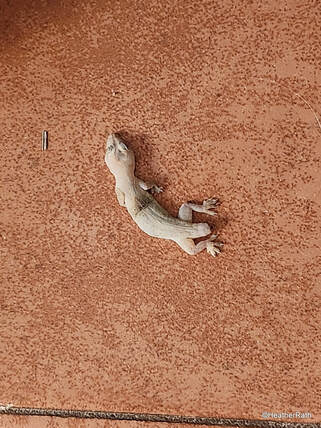
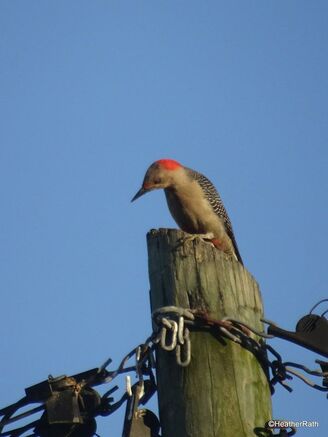
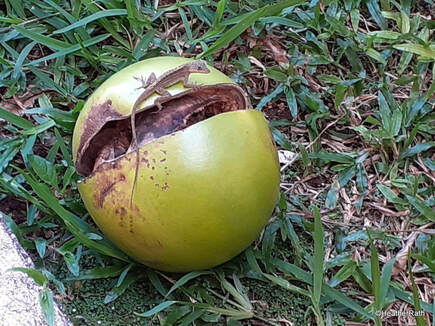
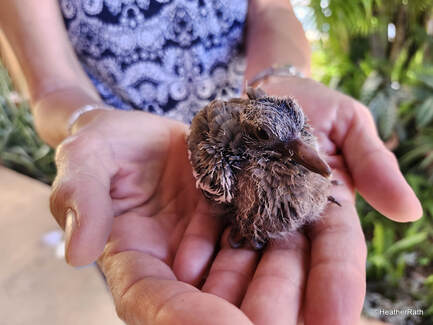
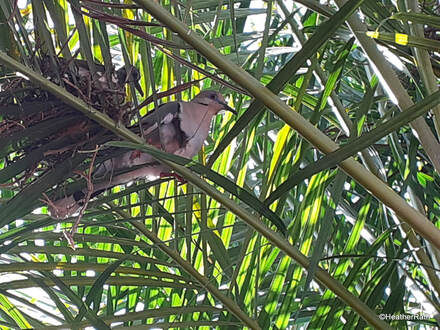
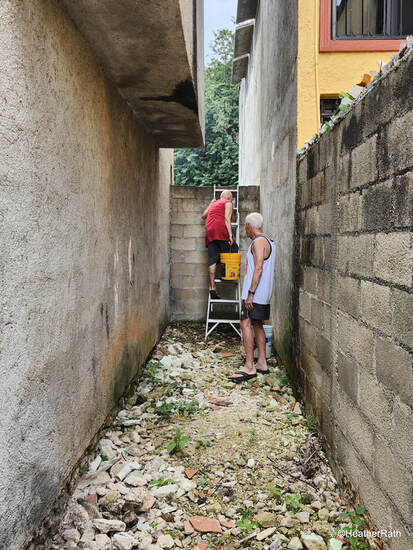
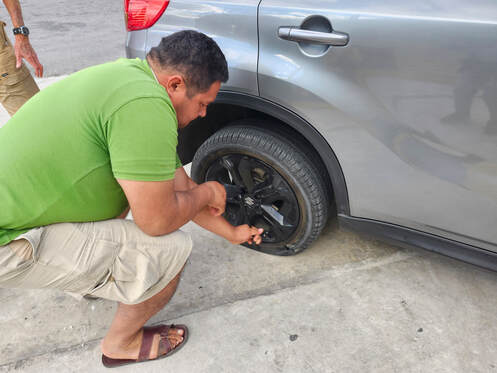
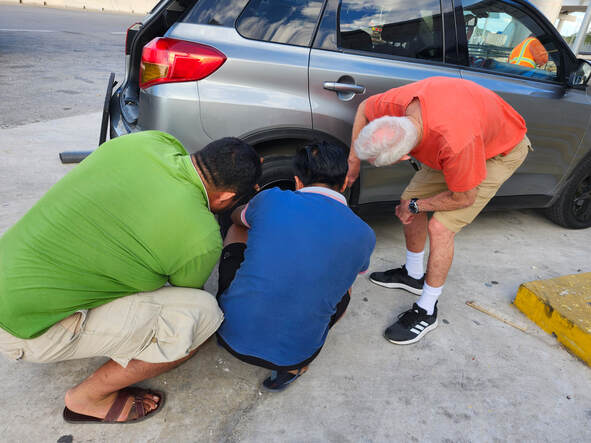
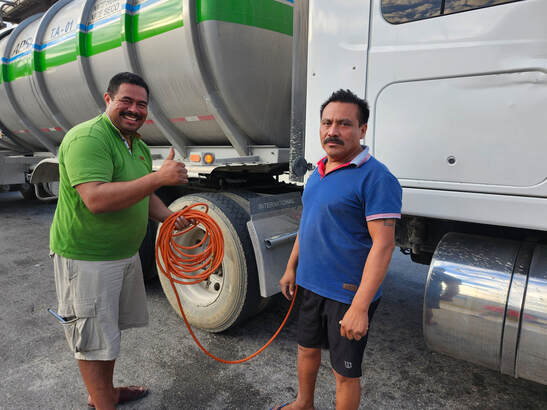
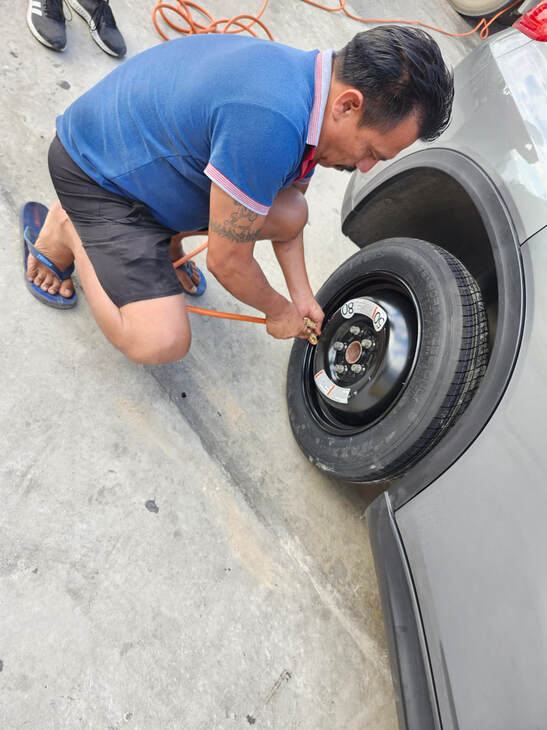



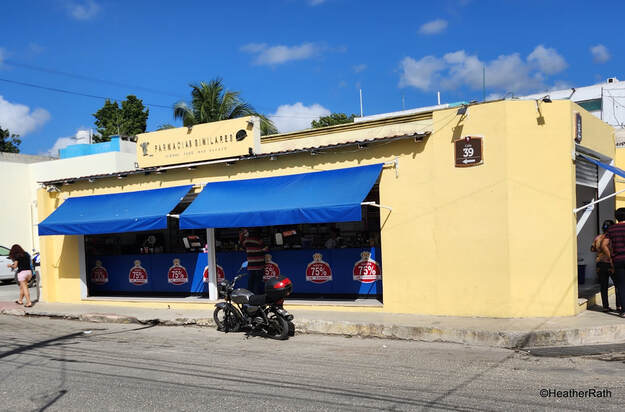
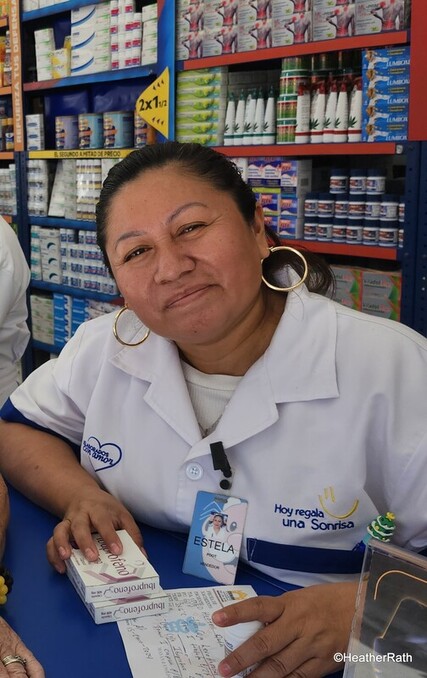
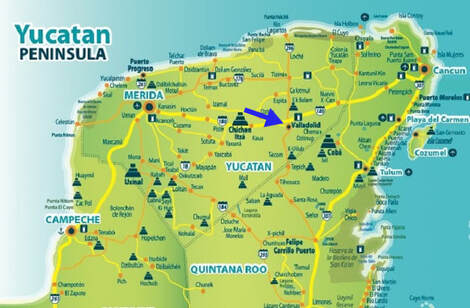
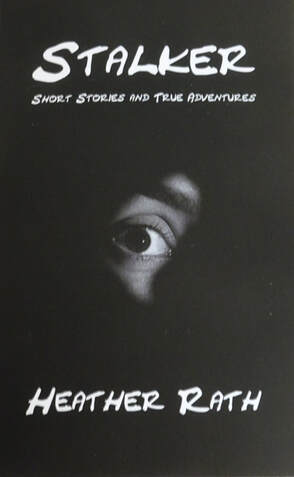

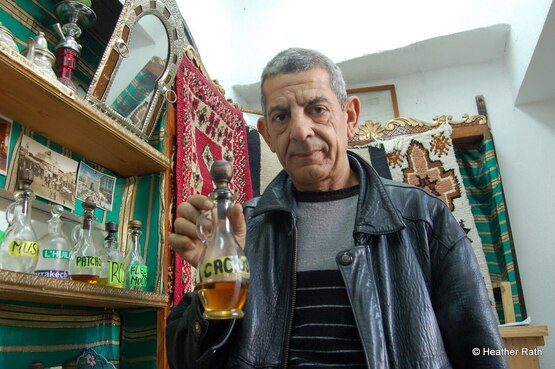

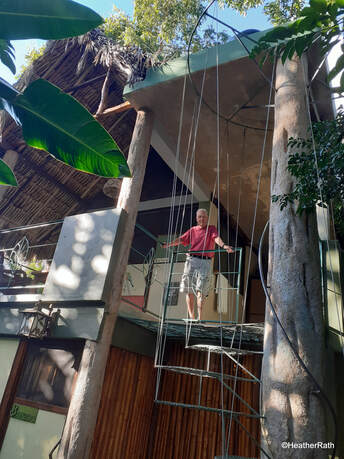
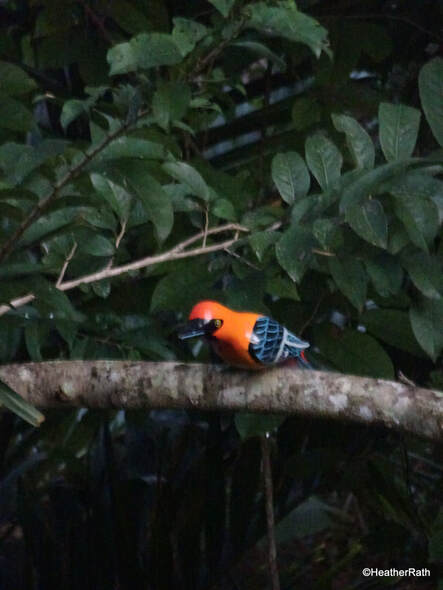
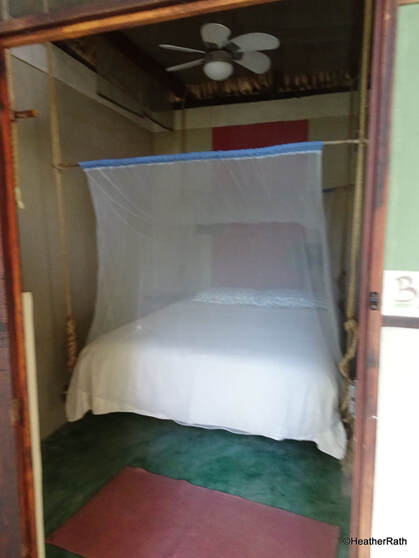
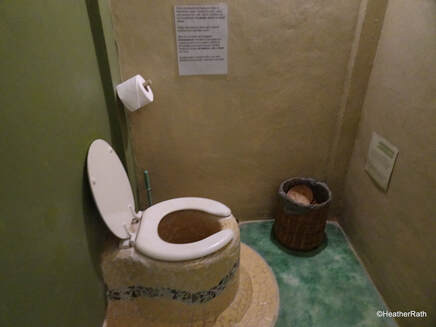
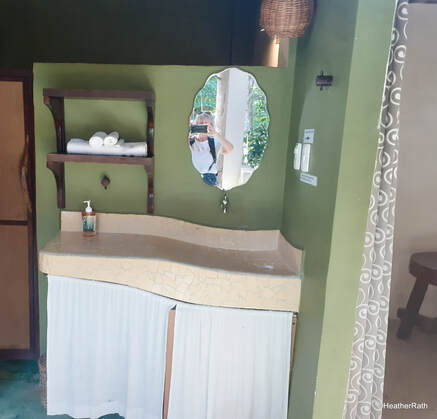
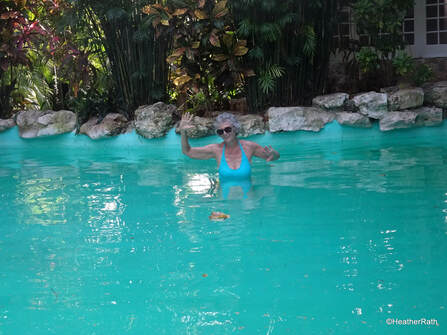
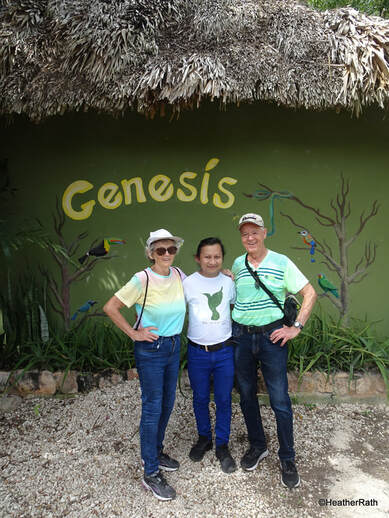

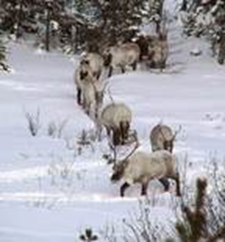
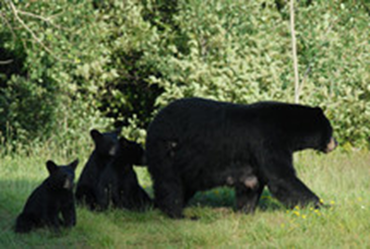


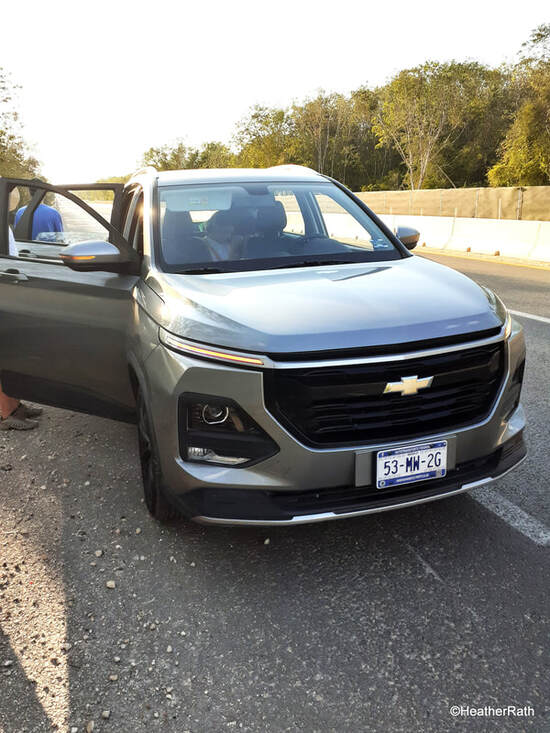
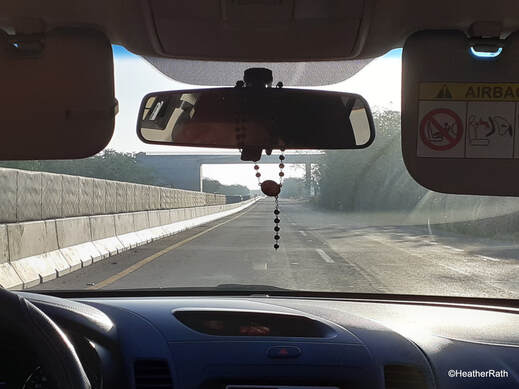
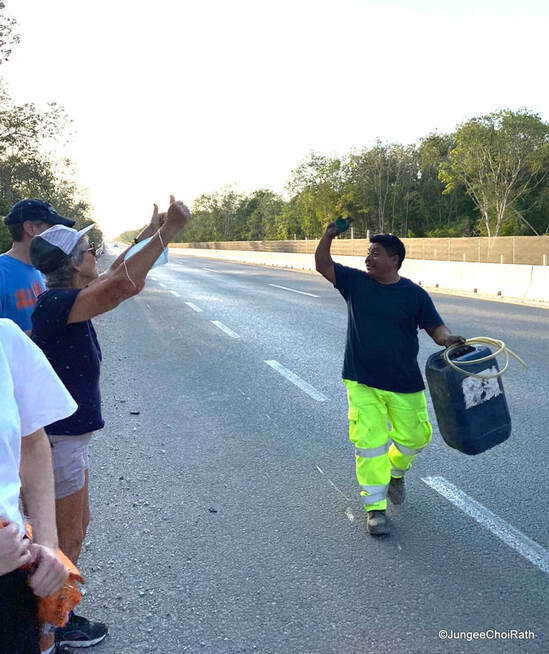
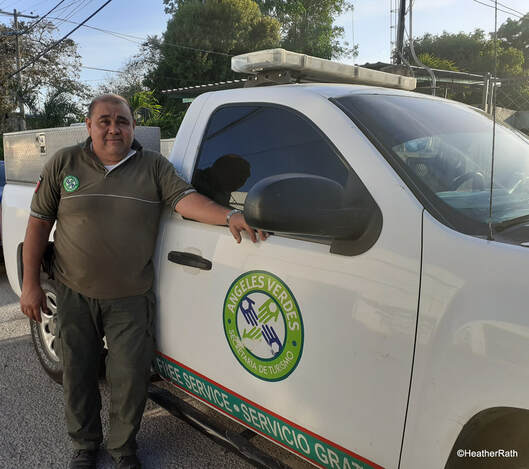

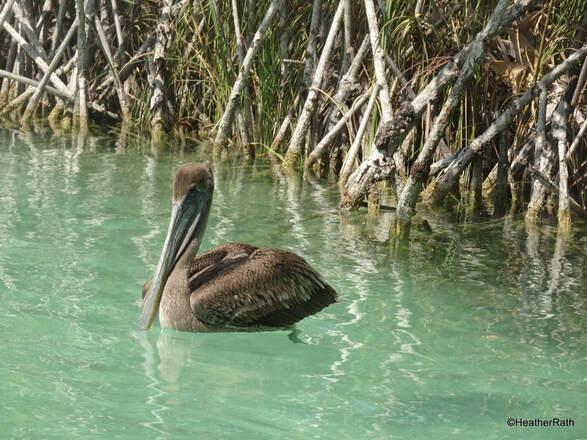
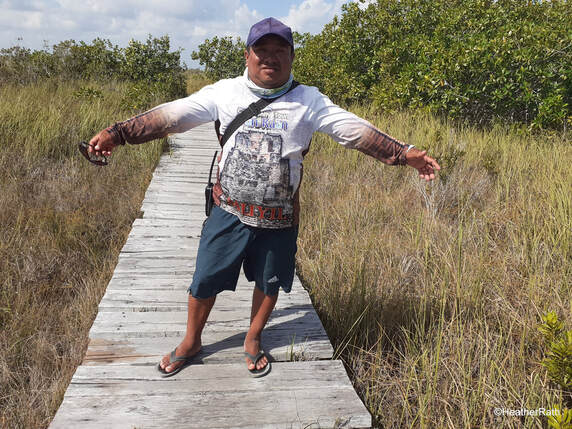
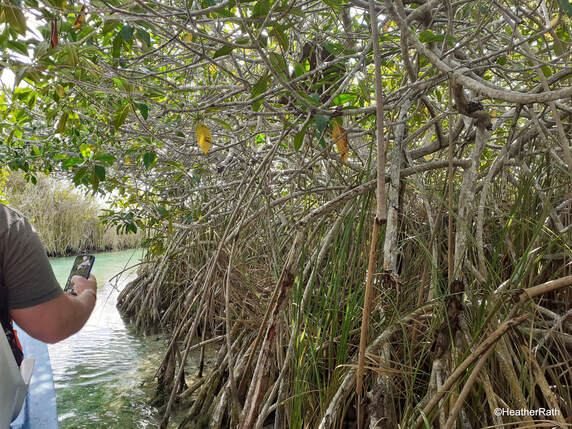

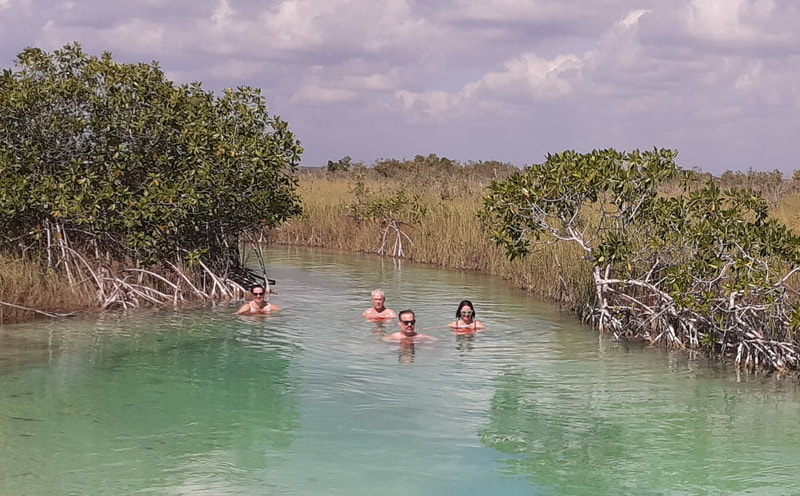
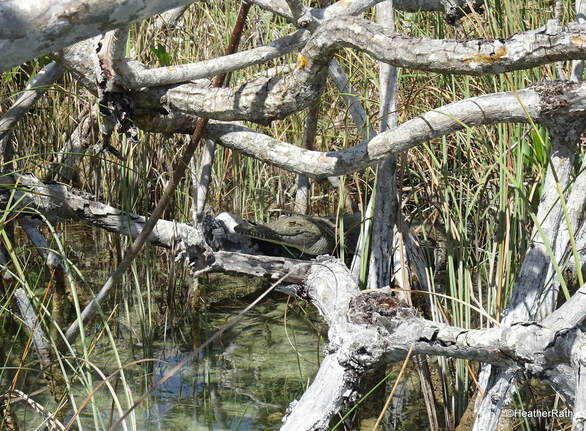
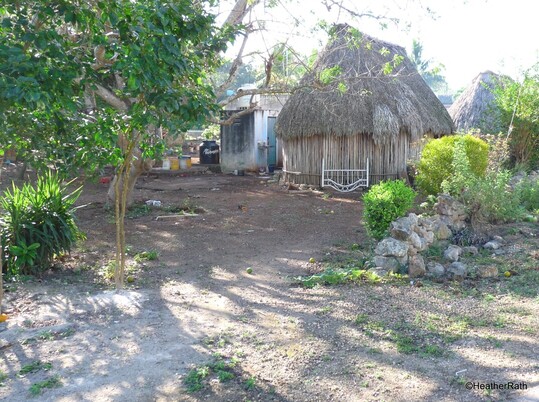
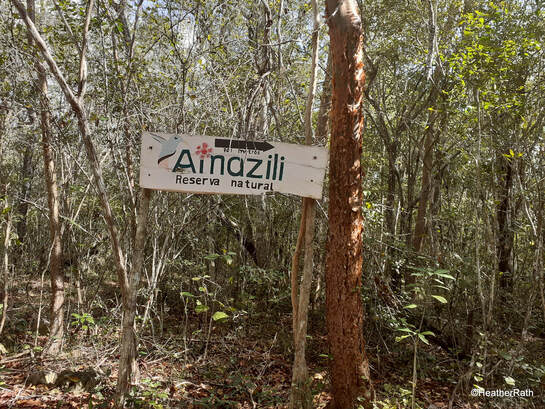
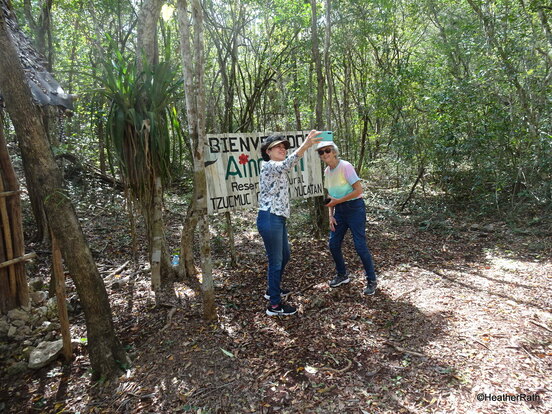
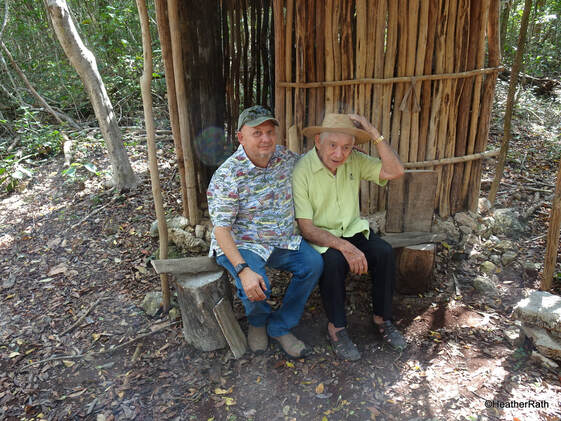
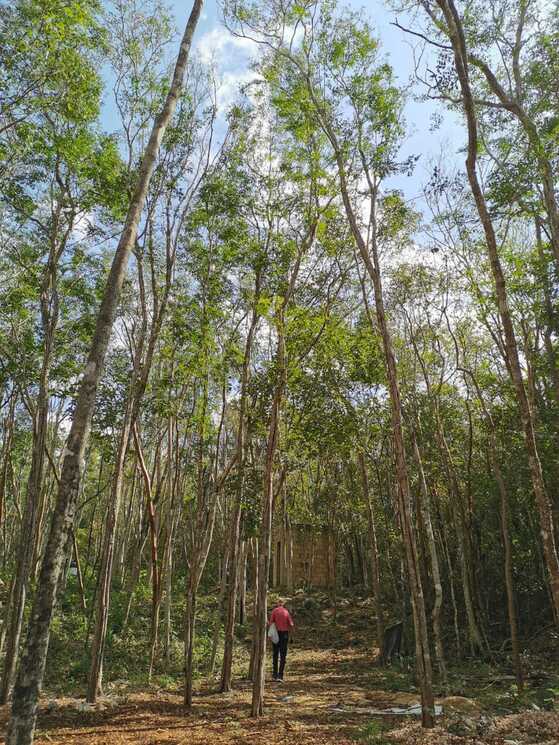
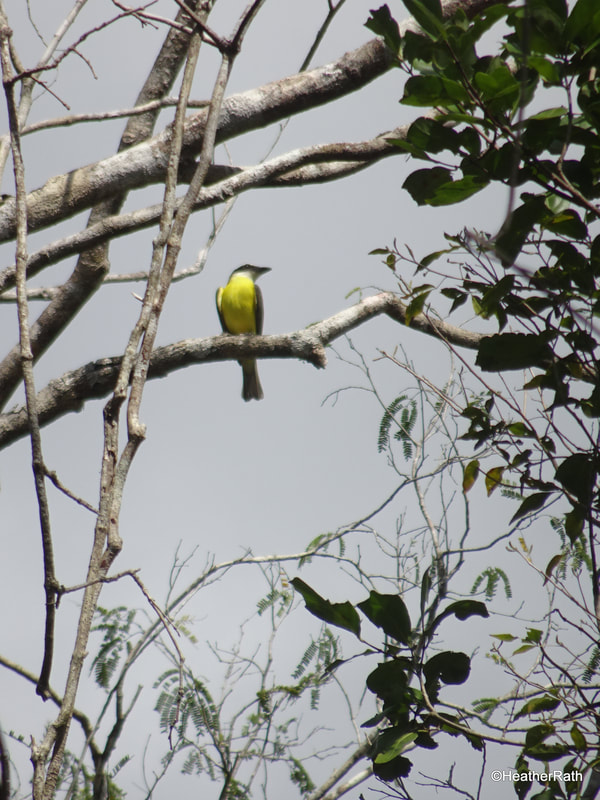
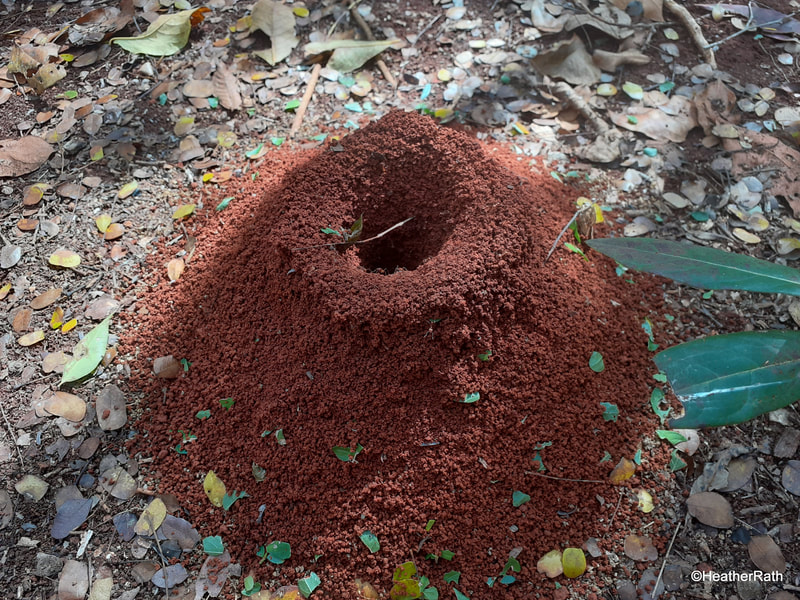
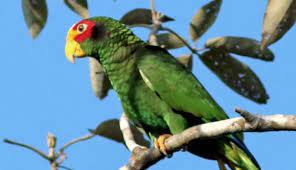
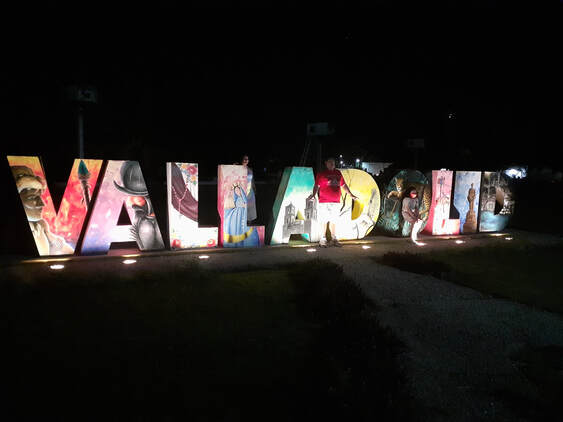
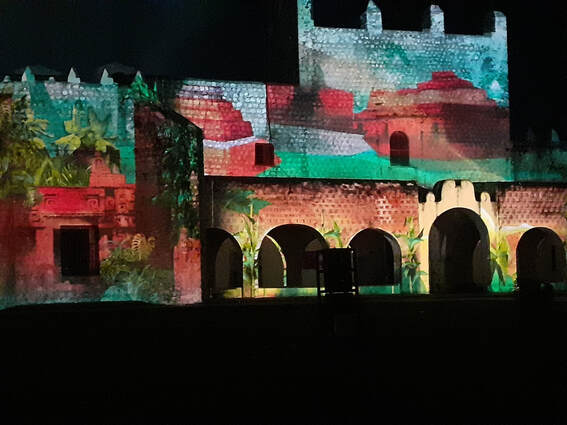
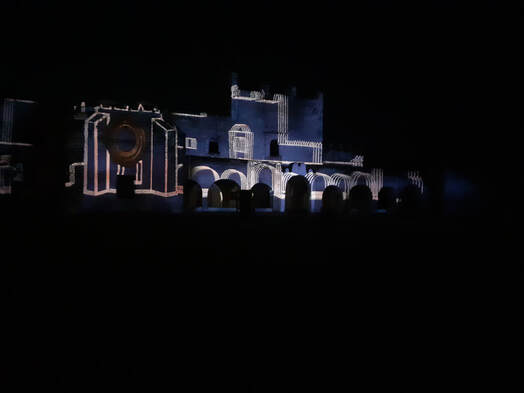
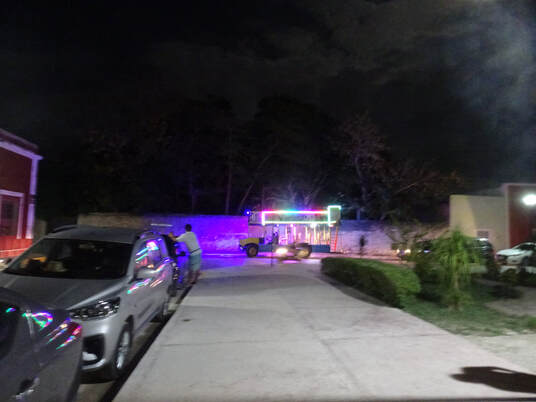
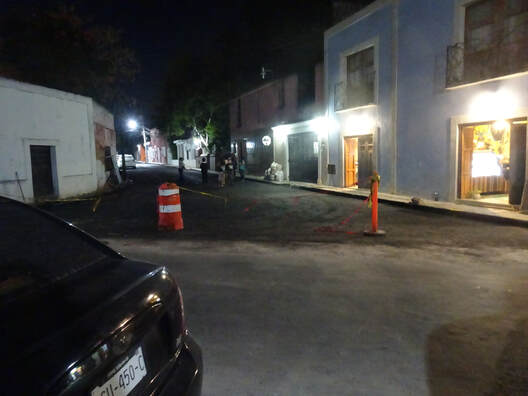

 RSS Feed
RSS Feed